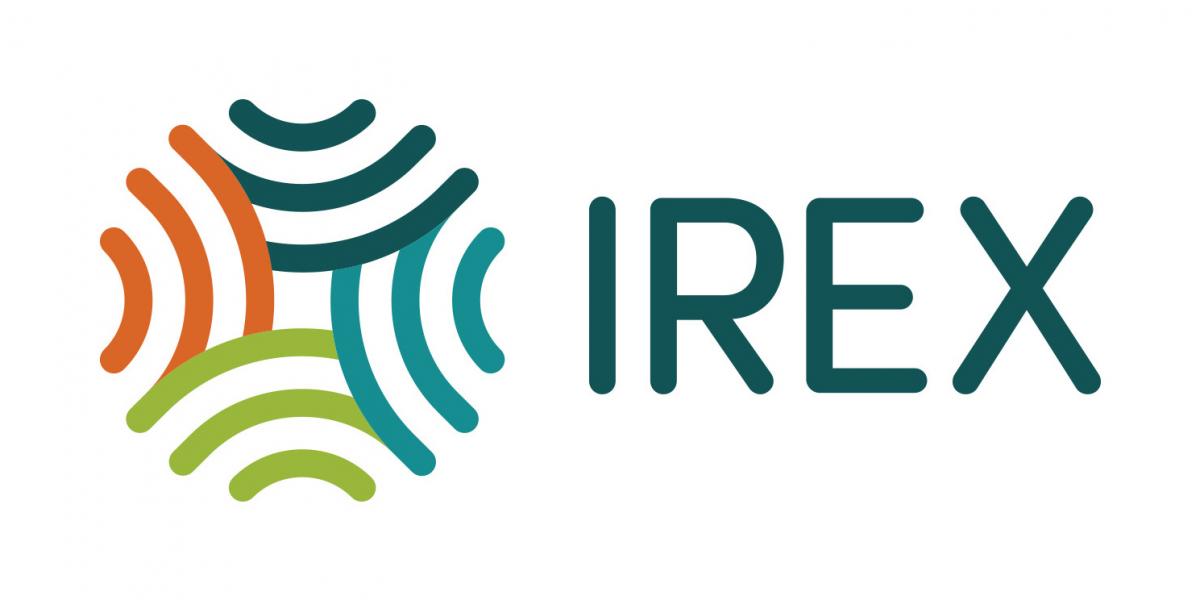Needs Assessment
IREX, Bridgebuilding project
/
06 July 2023
The goal of this simple needs assessment is to help you to gather valuable insights while keeping the assessment process manageable and time efficient. By combining two or more of these methods, you can gain a better understanding of social cohesion within your communities and tailor your programs accordingly to promote inclusivity and bridge divisions. But even using one method is better than planning an activity on the basis of assumptions or limited observations.
Community survey
- Develop a short survey with a few key questions to assess perceptions of social cohesion within the community
- Keep the survey concise, focusing on essential areas of inquiry.
- Include both closed-ended questions (e.g., multiple choice, rating scales) and open-ended questions to allow for qualitative feedback.
Sample survey topics and ways to phrase questions
- Possible questions for asking about an individual’s sense of belonging (pick one version or create your own):
- On a scale of 1 to 5, how connected do you feel to your community?
- How strong is your sense of belonging in the community? [provide a rating scale such as: very weak, somewhat weak, somewhat strong, very strong]
- Rate your level of connection to the people and places in our community.
- Possible questions for asking about excluded groups (pick one version or create your own):
- Are there any particular groups or communities within our area that you feel are excluded or marginalized?
- Do you think some groups or communities in our area are left out or treated unfairly? Which ones?
- Are there any specific communities who face challenges or don't get equal opportunities in our area?
- Possible questions for asking about solutions (pick one version or create your own)
- What are some community activities or events that you believe could strengthen social cohesion?
- What kinds of activities or events do you think can bring people together and make our community stronger?
- Can you suggest any specific events or programs that would help us all get to know each other better?
Informal conversations
- Engage in informal conversations with library visitors, local residents, and community partners to gather their perspectives on social cohesion.
- During casual interactions, ask open-ended questions that encourage people to share their thoughts and experiences.
- Topics to explore might include community relationships, shared values, intergroup interactions, or potential divisions within the community.
- Keep a running log of notes on different conversations to be able to better recall insights and ideas.
Stakeholder interviews
- Conduct brief interviews with key stakeholders, such as local leaders, community organizers, or representatives from diverse community groups.
- Prepare a set of standardized questions to ask during the interviews, focusing on social cohesion, community engagement, and potential barriers to inclusivity.
- Practice asking the questions to a colleague to fine-tune your approach.
Sample interview questions (pick a selection and/or create your own)
- How would you describe the current social fabric of our community? Are there any visible signs of social cohesion or divisions?
- In your opinion, what are the key factors or challenges that contribute to social divisions or barriers within our community?
- Are there any existing initiatives, programs, or organizations that are working towards promoting social cohesion in our community (whether from the library or elsewhere)? If yes, what are they? How effective do you perceive them to be?
- What are some potential opportunities or areas where our community can enhance social cohesion and bridge divides? Are there any specific strategies or approaches that you believe would be effective?
- Are there any particular groups or demographics within our community that you believe are more vulnerable to social exclusion or marginalization? How can the library help to ensure their inclusion and active participation in community life?
- What are some potential partnerships or collaborations that could strengthen efforts towards social cohesion within our community? Are there organizations, institutions, or individuals we should engage with?
- How can the library play a role in fostering social cohesion and bridging divides within our community? What resources, programs, or services do you envision the library providing to support these efforts?
- Are there any specific indicators or metrics that would be valuable to track or measure progress in promoting social cohesion? In other words, what are some signs that we are progressing toward social cohesion? How can the library effectively monitor and evaluate our efforts?
Observation and documentation
- Pay attention to community dynamics and interactions during library programs and events.
- Take note of any observations related to social cohesion, such as positive connections, collaborations, or potential areas of division.
- Document notable incidents, success stories, or challenges that may provide insights into the community's social dynamics.
Existing data and reports
- Review existing community data, reports, or studies related to social cohesion, diversity, or community engagement.
- Identify any relevant findings or insights that can contribute to the understanding of social cohesion within the community.
Other resources
Additional tools and templates for planning and assessing library programming.
- Creating Social Change Through Library Programming
- Data Collection for Libraries
- Library Social Cohesion Impact Measure
- Observation Template
- Sample Indicators to Measure the Impact of Your Program or Activity
Learn how your library can engage in bridgebuilding activities in your community through the Bridgebuilding Resource Hub:

